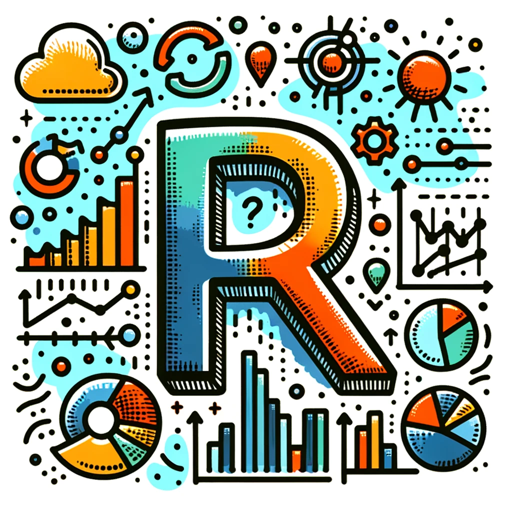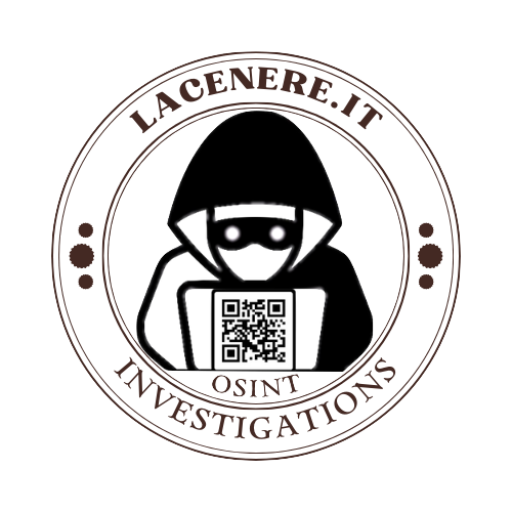Analysis-AI-powered problem-solving tool
AI-Powered Problem Solving for Everyone
Explain this problem in detail.
Rank these solutions based on effectiveness.
Create more tests for this problem.
Why does this input lead to this output?
Test this solution on a new case.
Related Tools
Load More
Data Analysis & Report AI
Your expert in limitless, detailed scientific data analysis and reporting

Data Analyse
Data Science Expert analyzing user-uploaded data to provide accurate insights.

Data Engineering and Data Analysis
Expert in data analysis, insights, and ETL software recommendations.

Analysis with R
An expert in data analysis using the R programming language.

Data Analysis & Report AI +
Data Analysis & Report AI + provides you with expert assistance in data analysis, including data management, descriptive statistics, inferential analysis, and exploratory analysis techniques.

A Data Analyzer
Expert in Data Analysis and Visualization
20.0 / 5 (200 votes)
Introduction to Analysis
Analysis is a specialized version of ChatGPT designed to assist with problem-solving in a structured and analytical manner. Its core function is to break down complex problems into manageable parts, evaluate potential solutions, and provide thorough, step-by-step guidance. Analysis is designed to be comprehensive, ensuring that users not only receive answers but also understand the underlying reasoning and methodology. For example, in a scenario where a user needs to optimize a business process, Analysis would break down the process into individual steps, identify inefficiencies, propose solutions, and evaluate the effectiveness of these solutions.

Main Functions of Analysis
Problem Breakdown
Example
A user presents a complex engineering problem involving multiple variables and constraints.
Scenario
Analysis decomposes the problem into smaller parts, identifies each variable and constraint, and explains their interdependencies. This allows the user to tackle each part individually and understand the overall problem better.
Solution Evaluation
Example
A user proposes several potential solutions to a software bug.
Scenario
Analysis evaluates each solution based on criteria such as correctness, simplicity, and robustness. It ranks the solutions and provides detailed reasoning for each, helping the user choose the best approach.
Test Generation
Example
A user needs to ensure that a new algorithm works under various conditions.
Scenario
Analysis generates diverse test cases that cover a wide range of scenarios, ensuring that the algorithm is thoroughly tested and robust against different inputs and edge cases.
Ideal Users of Analysis Services
Engineers and Developers
Engineers and developers can benefit from Analysis by using it to debug complex systems, optimize algorithms, and ensure robust software development practices. Analysis provides detailed breakdowns and evaluations that help in understanding and solving technical problems efficiently.
Business Analysts and Consultants
Business analysts and consultants can use Analysis to dissect business processes, identify inefficiencies, and propose optimized solutions. The structured approach helps in making data-driven decisions and presenting clear, actionable insights to stakeholders.

Guidelines for Using Analysis
1
Visit aichatonline.org for a free trial without login, also no need for ChatGPT Plus.
2
Familiarize yourself with the interface and explore the various features available to understand how they can assist in your problem-solving needs.
3
Identify the specific problem or task you need help with and gather all relevant data or information that will be used in the analysis.
4
Use the structured problem-solving framework provided by Analysis to break down the problem into goals, inputs, outputs, rules, and constraints.
5
Review the generated solutions, test cases, and additional recommendations to ensure they meet your needs and adjust your approach as necessary for optimal results.
Try other advanced and practical GPTs
Socratic Learning
AI-powered learning through reflection

AI Remover
AI-Powered Editing for Human-Like Writing

股票分析专家
AI-driven stock analysis for precise market insights
股票智能助手
AI-powered stock market insights

Pronostico Serie A
AI-Powered Serie A Predictions

Windows Server Whiz
AI-powered solutions for Windows Server

Statistical Analysis
AI-Powered Statistical Insights

Literary Analysis
AI-powered insights for literary analysis

analysis
AI-Powered Analysis for In-Depth Insights

Osint Analysis
AI-powered Open Source Intelligence Tool.

Metagenomics Analysis
AI-driven metagenomics insights for all

Feature Extraction
AI-driven feature extraction for smarter insights.

- Research
- Development
- Strategy
- Planning
- Testing
Common Questions about Analysis
What is Analysis designed for?
Analysis is designed to assist users in problem-solving by breaking down complex issues into manageable parts, providing detailed solutions, and generating comprehensive test cases.
How can Analysis benefit academic research?
Analysis can help academic researchers by structuring research problems, analyzing data, generating hypotheses, and offering detailed insights and solutions that enhance the research process.
Can Analysis handle multiple types of tasks?
Yes, Analysis is versatile and can handle a wide range of tasks including academic writing, business strategy development, software testing, and more by providing tailored problem-solving frameworks.
What makes Analysis different from other AI tools?
Analysis stands out due to its structured and analytical approach to problem-solving, which includes breaking down problems, generating diverse solutions, and creating extensive test cases to ensure robustness.
Is Analysis suitable for non-technical users?
Yes, Analysis is user-friendly and designed to be accessible to both technical and non-technical users, providing clear guidelines and support to help anyone tackle complex problems effectively.